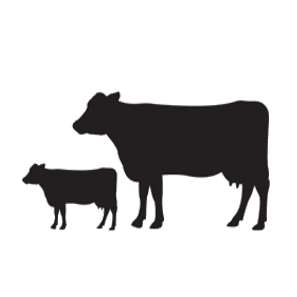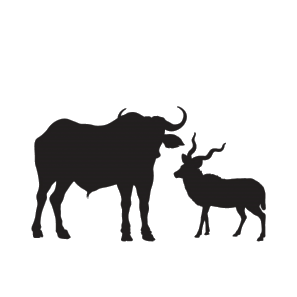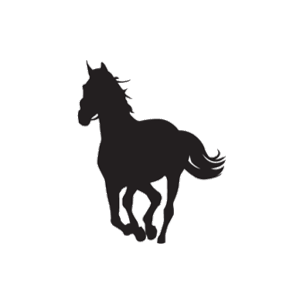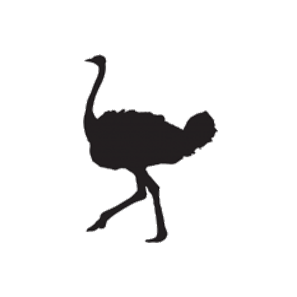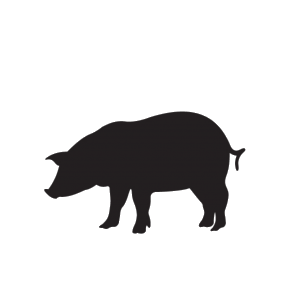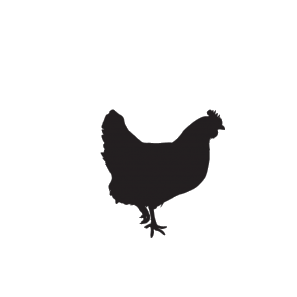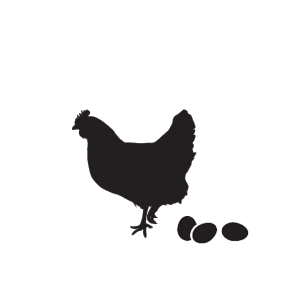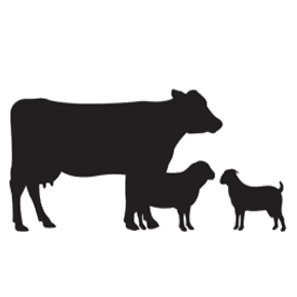So you’re interested in learning more about the eggs your chickens are producing? Yes, we know about the shell, the yolk and the whites. But what about the rest? And how does the nutrition of your flock impact this?
Shell:
Smooth and symmetrical, the shell of an egg looks simple, doesn’t it? But there are actually many parts that contribute to the eggshell, such as the shell itself, the pores, and natural protective coating.
Membranes:
Inner membrane and outer membrane:
The inner membrane sticks to the albumen (the white of the egg), while the outer membrane sticks to the inside of the eggshell. These two transparent membranes regulate the movement of substances, like gasses, and prevents the contents of the eggs from microorganisms like bacteria from entering, or from having the moisture leave the egg too quickly.
Vitelline membrane:
The vitelline membrane is a see-through membrane that coats the yolk of an egg and keeps it separate from the albumen. During the process of fertilisation the vitelline membrane helps with protein binding and manages the movement of substances like hormones in and out of the yolk.
Air cells:
These bubbles of air are perfectly squeezed between the inner and outer membranes and will get bigger as the egg ages. That means that the older an egg is, and the longer it’s been left to stand, the larger the egg cell will become. These little pockets of air help chick embryos to grow and mature, as they contain vital oxygen for the chick to survive and maintain the internal environment of the egg even if the egg has not been fertilised.
Albumen:
The albumen is often also referred to as the egg white, and it’s a little known fact that the milkier the white is, the fresher the egg is. The egg’s albumen is about 90% water and 10% protein, which is made up of over 40 essential amino acids. It is made up of four different layers and these layers are all very important in keeping the egg yolk safe, preventing movement and damage of the yolk.
Yolk:
In a previous article we discussed how the colour of the yolk is not dependent on the nutritional value of the egg, but rather the diet that the hen has been fed. You can read about it here.
The role of the egg yolk is to provide much-needed nutrients to a developing embryo, providing minerals, vitamins and necessary fats. Although many people love egg whites, it’s the yolk that contains most of the vital nutrients.
Chalazae:
You’ve probably seen the stringy white bits in an egg that has been cracked open, the little strings in the egg white that attaches to the egg yolk.
The chalazae will appear on opposite ends of the yolk, and will be milkier and whiter than the egg whites in which they sit. The chalazae help to keep the egg yolk safe and undamaged, and help to keep the yolk supported and balanced. This is particularly important in eggs that have been fertilised and that have developing chick embryos.
Nutrition and egg development:
Nutrition is one of many factors that influence the quality of eggs that your layers produce, and too many or too few nutrients may result in poor quality eggs. Vitamins, minerals, protein and energy will all influence how the egg, and the chick inside it, develops.
Contact your Epol Technical Advisor if you would like to learn more about which feed to provide your layers and breeders.




